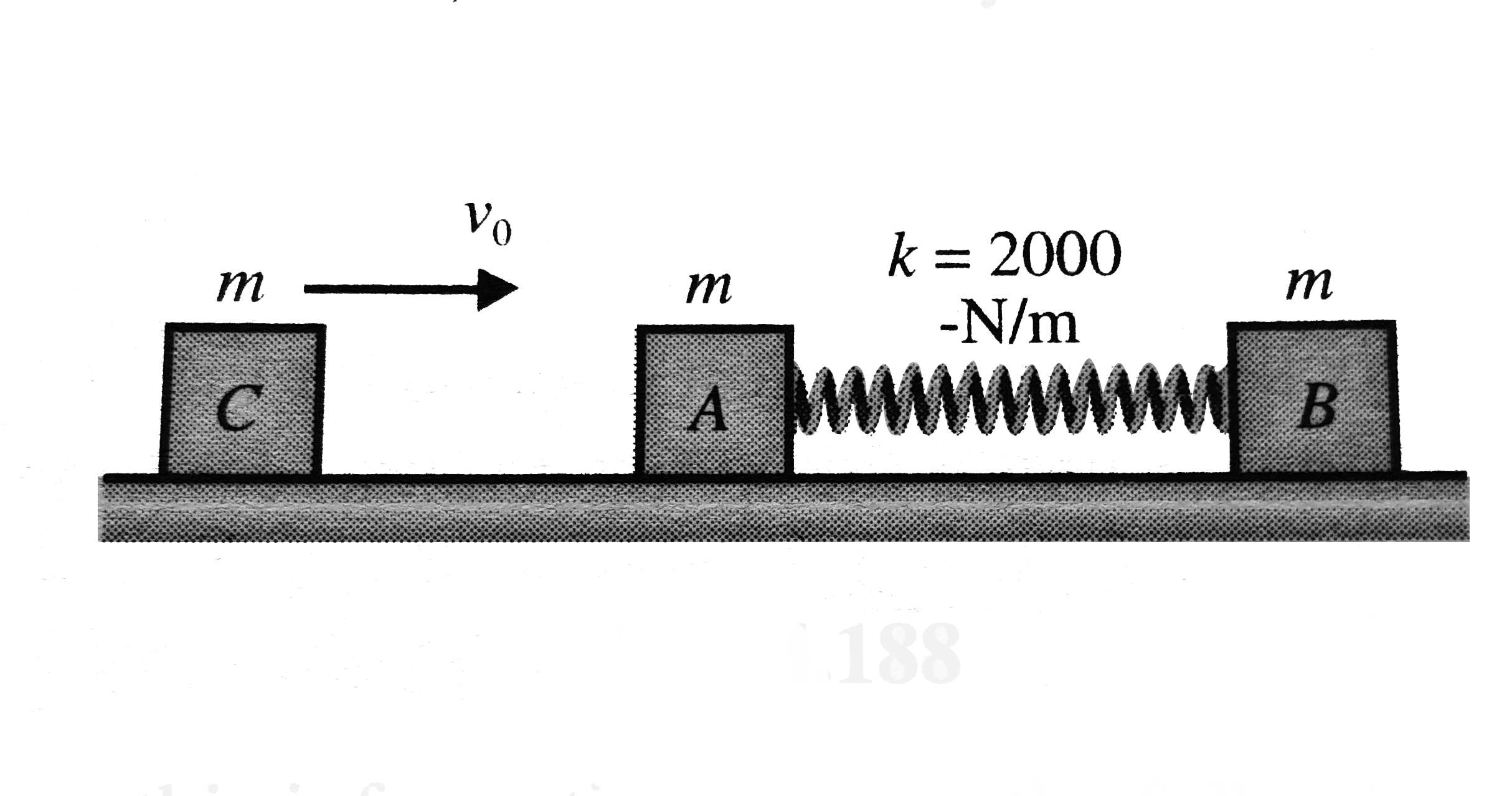During binary fission in Amoeba which of the following organelles is duplicated ? a) plasma membrane b) nucleus c) contractile vacuole d) all of these
Palsma membrane
Nucleus
Contractile vacuole
All of these
The correct Answer is:b
Step-by-Step Solution:
1. Understanding Binary Fission: Binary fission is a form of asexual reproduction commonly seen in unicellular organisms like Amoeba. In this process, a single organism divides into two identical daughter cells.
2. Identifying the Process: During binary fission, the organism undergoes several steps. The first step involves the duplication of genetic material (DNA), followed by the division of the cytoplasm and other organelles.
3. Differentiating Between Duplication and Division: It is crucial to understand the difference between duplication and division. Duplication refers to the creation of an exact copy of an organelle, while division refers to splitting an existing organelle into parts.
4. Analyzing the Options:
- Plasma Membrane: The plasma membrane is divided during the process of binary fission to form two separate cells.
- Nucleus: The nucleus undergoes duplication, meaning that the genetic material is copied to ensure both daughter cells have the same genetic information.
- Contractile Vacuole: Similar to the plasma membrane, the contractile vacuole is divided between the two daughter cells.
- All of These: This option suggests that all organelles are duplicated, which is not correct since only the nucleus is duplicated.
5. Conclusion: Based on the analysis, during binary fission in Amoeba, the only organelle that is duplicated is the nucleus. Therefore, the correct answer is b) nucleus.
---
- Plasma Membrane: The plasma membrane is divided during the process of binary fission to form two separate cells.
- Nucleus: The nucleus undergoes duplication, meaning that the genetic material is copied to ensure both daughter cells have the same genetic information.
- Contractile Vacuole: Similar to the plasma membrane, the contractile vacuole is divided between the two daughter cells.
- All of These: This option suggests that all organelles are duplicated, which is not correct since only the nucleus is duplicated.
Topper's Solved these Questions
Similar Questions
Knowledge Check

Two identical blocks A and B, each of mass m=3kg, are connected with the help of an ideal spring and placed on a smooth horizontal surface as shown in Fig. Another identical blocks C moving velocity v0=0.6ms collides with A and sticks to it, as a result, the motion of system takes place in some way
Based on this information answer the following questions:
Q. Oscillation energy of the system i.e., part of the energy which is oscillation (changing) between potention and kinetic forms isA(i) and (ii)B(ii) and (iii)C(i) and (iii)D(iii) and (iv)Which of the following cells do not have a nucleus ? (A) white blood cells (B) red blood cells (C) neurons (D) bone cells
Awhite blood cellsBred blood cellsCneuronsDbone cellsBacteria do not possess :
(a) cell wall
(b) ribosome
(c) mitochondria
(d) plasma membraneAcell wallBribosomeCmitochondriaDplasma membrane
All are membrane bound cell organelles except
" Or
Which of the following cell organelles lacks a unit membrane
View SolutionWhich of the following organelles is related to genetic engineering? (A) Plastids (B) Plasmids (C) Mutations (D) Hybrid vigour
View SolutionMitosis result in producing two cell which are similar to each other. What would be the consequence if each of the following irregularities occur during mistosis ?
(a) Nuclear membrane fails to disintegrate
(b) Duplication of DNA does not occur
(c) Centromeres do not divide
(d) Cytokinesis does not occur
View SolutionWhich one of the following is not considered as a part of the endomembrane system
Or
Which of the following has a single unit membrane?
(a) Ribosome
(b) Peroxisome
(c) Nucleus
(d) Centrosome
View SolutionA mature plant cell has
(a) Cell wall
(b) Vacuole
(c) Protoplasm
(d) All of the above
View Solution
